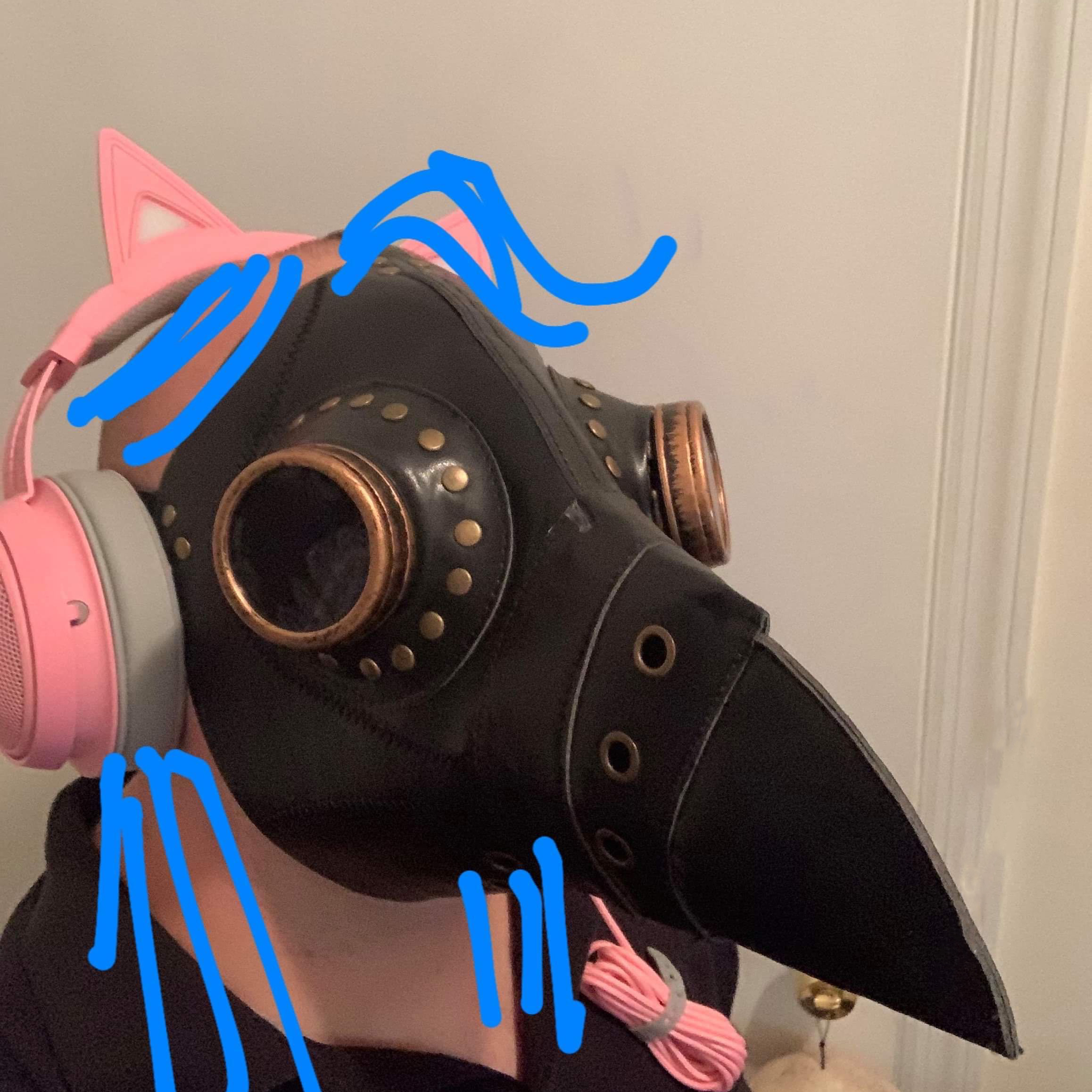Gamescom 2019 made me believe in ray tracing again
Opinion: I want to believe
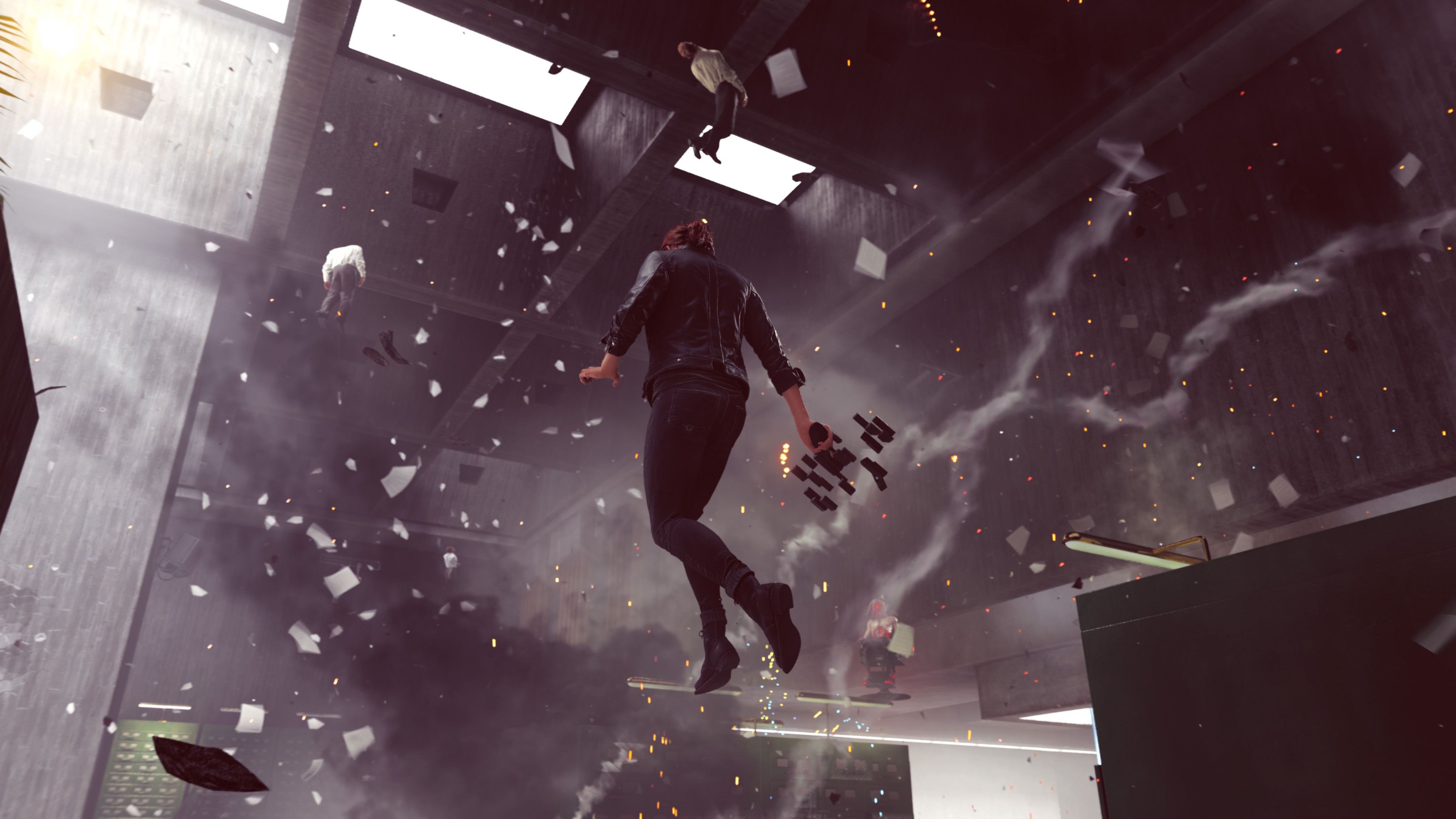
Back at Gamescom 2018, when Nvidia came on stage and unveiled its Turing graphics cards, I admittedly got sucked into the marketing. When Nvidia CEO Jensen Huang started demoing the real-time ray tracing that these cards could pull off, my mind automatically started jumping to the possibilities. Just imagine a horror game in the vein of Amnesia: The Dark Descent but with ray traced shadows.
And, that's why I was one of the people that bought an Nvidia GeForce RTX 2080 Ti at launch – definitely wouldn't recommend that for most people, but I wanted to be on the cutting edge.
However, once the graphics card made its way to my doorstep, I had to wait a while to see what ray tracing looked like. This is, of course, while enjoying the amazing 4K gaming performance, so it wasn't all a loss.
However, at Gamescom 2019, I got a chance to see what the future of ray tracing will look like, if only just a glimpse. Not only are more AAA games like Call of Duty: Modern Warfare and Watch Dogs: Legion implementing the tech, but games like Minecraft are really taking things to another level entirely.
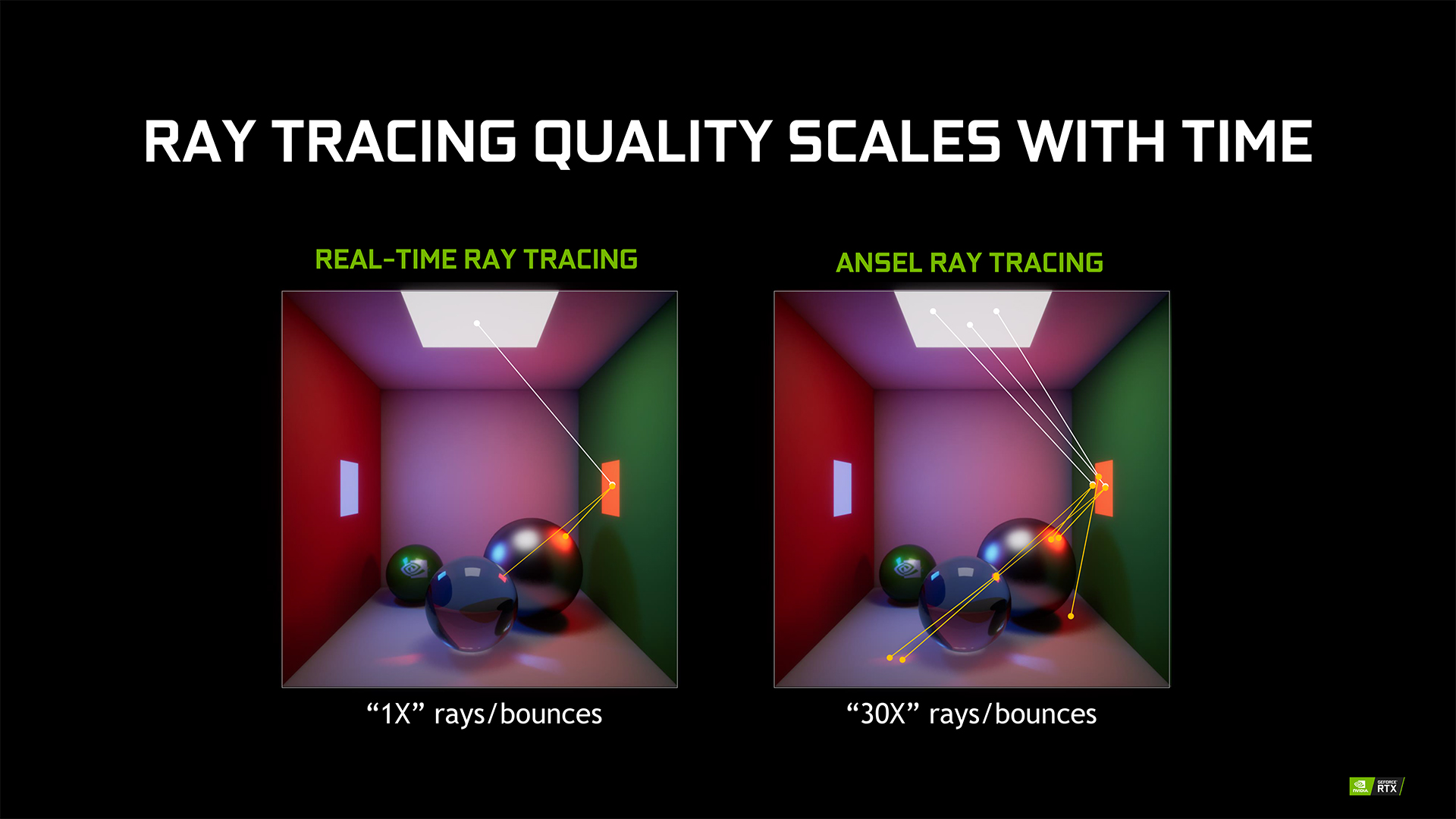
The early days of ray tracing
When Battlefield V hit the streets, it was the first game that actually supported the new RTX technology – at least beyond a few canned demos here and there. And, if I'm being honest, I wasn't super impressed. Especially in a high-octane multiplayer game like Battlefield, where frame rate is so important, it simply wasn't worth crippling my performance to have some shiny reflections – especially when I could turn it off and get more than 100 fps at 3,440 x 1,440.
From there I was a bit jaded on ray tracing – but the RTX 2080 Ti still provided so much better performance than the Nvidia GeForce GTX 970 I upgraded from, so it wasn't that big of a deal.
Then, when Metro: Exodus came out, it kind of blew my mind. The ray traced global illumination in that game was the closest I'd seen to what I had imagined for the technology when it was first shown on stage. Ostensibly a horror-shooter, that game really did benefit from the more realistic lighting, and since it was a single-player title, the fact that it reduced my frame rate wasn't as important. Plus, it had DLSS to soften the performance blow.
Get daily insight, inspiration and deals in your inbox
Sign up for breaking news, reviews, opinion, top tech deals, and more.
At that point, the promise of ray tracing was starting to show, but it was still very much a niche feature that wouldn't be worth the upgrade – especially for users still on an Nvidia Pascal graphics card like the GTX 1080 Ti.
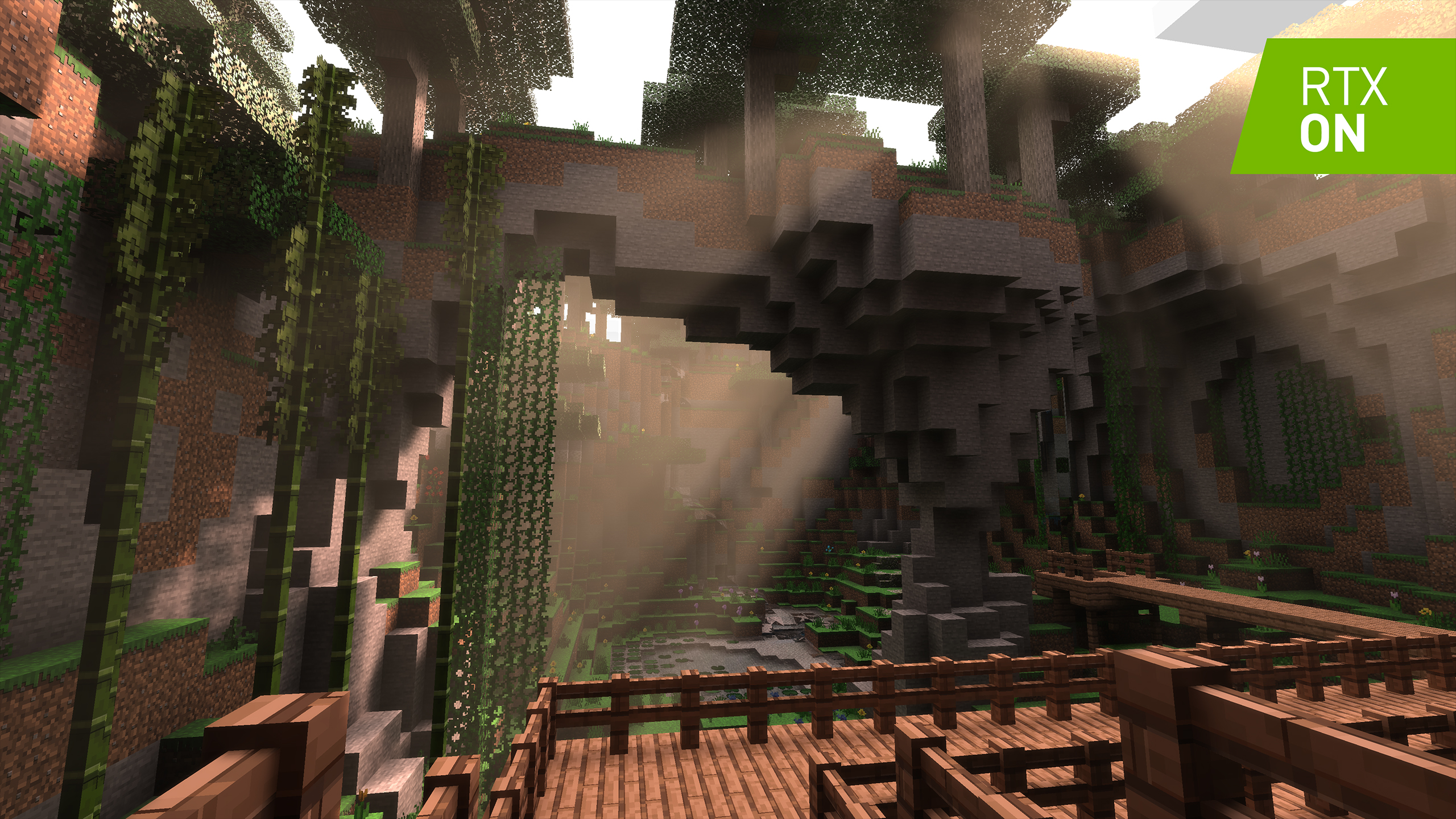
Upgrading the old
Back at Computex 2019, Nvidia showed off Quake II RTX, injecting its ray tracing technology into the classic game. Nvidia and id Software teamed up to make the game fully path-traced, as an example of what the RTX technology is really capable of. So, of course, I went ahead and downloaded that as soon as I returned from Taipei.
That game brought my RTX 2080 Ti to its knees at 4K, but man did it look good. I never thought that a lighting engine could completely transform the way a game looked: Quake II RTX was a revelation. And, it made Minecraft with ray tracing a little less of a surprise.
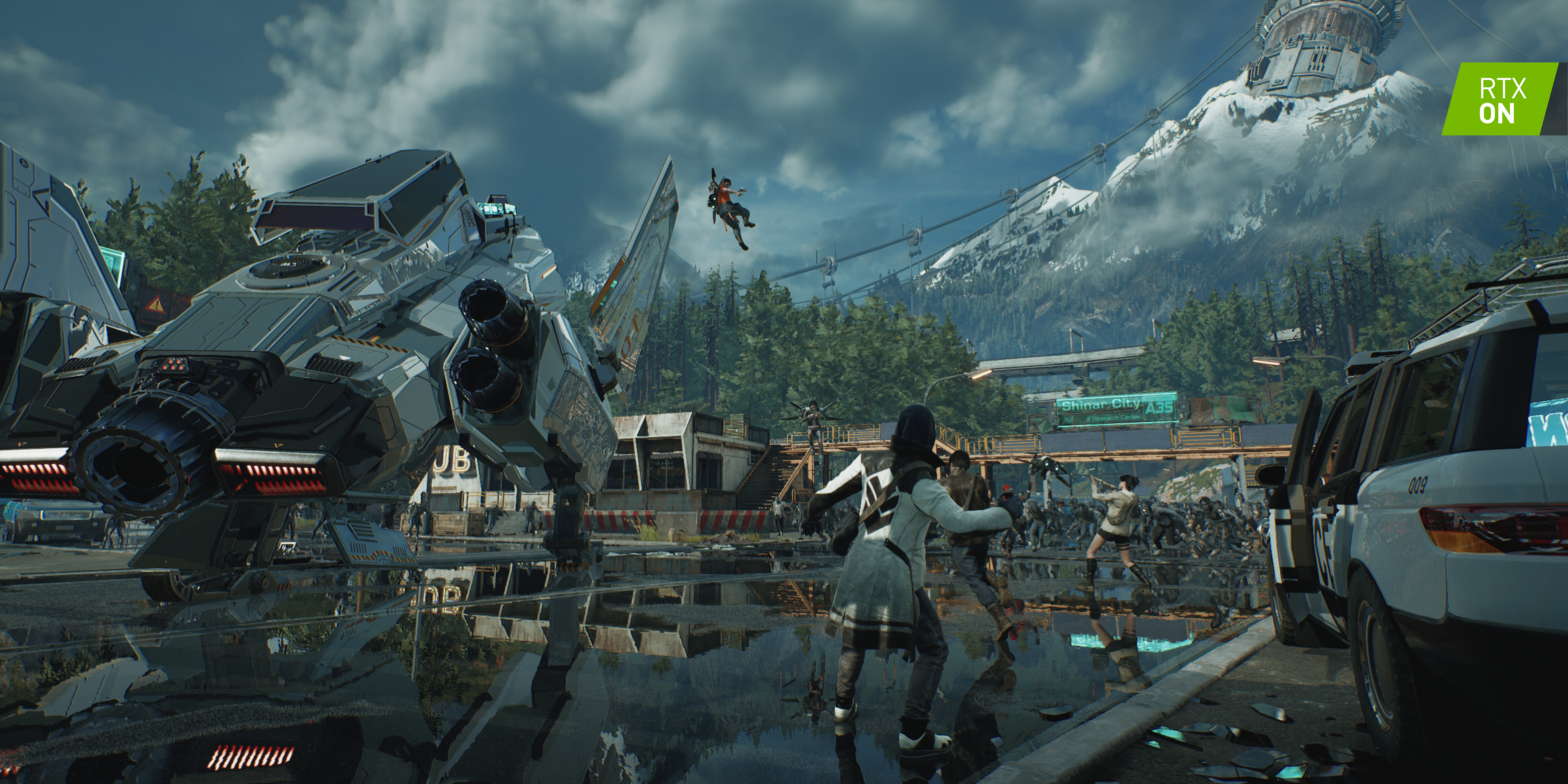
Gamescom 2019
I was invited to an Nvidia event on the eve of Gamescom 2019, where Team Green wanted to show off some new ray tracing titles. At that event, I got to sit down with a ton of different games that will have ray tracing available either at launch or at some point afterwards.
The game that stuck out the most was, oddly enough, Minecraft. I'm going to be up front and say that I've never been particularly interested in the game, as I'm all about having someone hold my hand and tell me a story, rather than "making my own fun". However, I was blown away by the path tracing in Minecraft, and how dramatically it changed the way the game looks.
I got a chance to talk with Saxs Persson, the Creative Director for Minecraft, along with Principal Devtech Engineer Alex Dunn from Nvidia. They were telling me that not only was Minecraft rebuilt from the ground-up to introduce path tracing, but it was done out of a passion for graphics technology, and Microsoft isn't alone. Developers from all over the world are excited to use this technology, according to Dunn, as it represents the holy grail in graphics technology.
I then got to talk to Clark Jiayang Yang, Creative Director & Producer of SYNCED: Off-Planet. This recently-announced game from Tencent's new NEXT Studios is a multiplayer "PVPVE" zombie shooter, which pits players against each other as they try to survive.
One of the most important questions I had, as this is a multiplayer game that will likely benefit from high frame rates, was about the performance impact of the ray-traced effects, and whether that played a role in whether or not these features should be implemented.
And, my worries were mostly alleviated when Yang told me that not only do the ray traced shadows improve framerates, as the game doesn't have to rely on old tricks with shaders, but the ray traced reflections have a minimal effect on performance. That's definitely something I'd want to test in the future, but as NEXT Studios is all about implementing new technology in its games, its definitely exciting.
Every developer I had a chance to talk to through this long, gruelling game convention was excited to show off what ray tracing can do. For example, Vampire: The Masquerade Bloodlines 2 will use ray traced reflections to bring Seattle to life, as will Watch Dogs: Legion with London – two rainy cities with a lot of reflective puddles to gawk at.
And, with developers like 4AD expanding already-existing ray tracing implementations like it did with the new Two Colonels DLC for Metro: Exodus, ray tracing is more alive than ever.
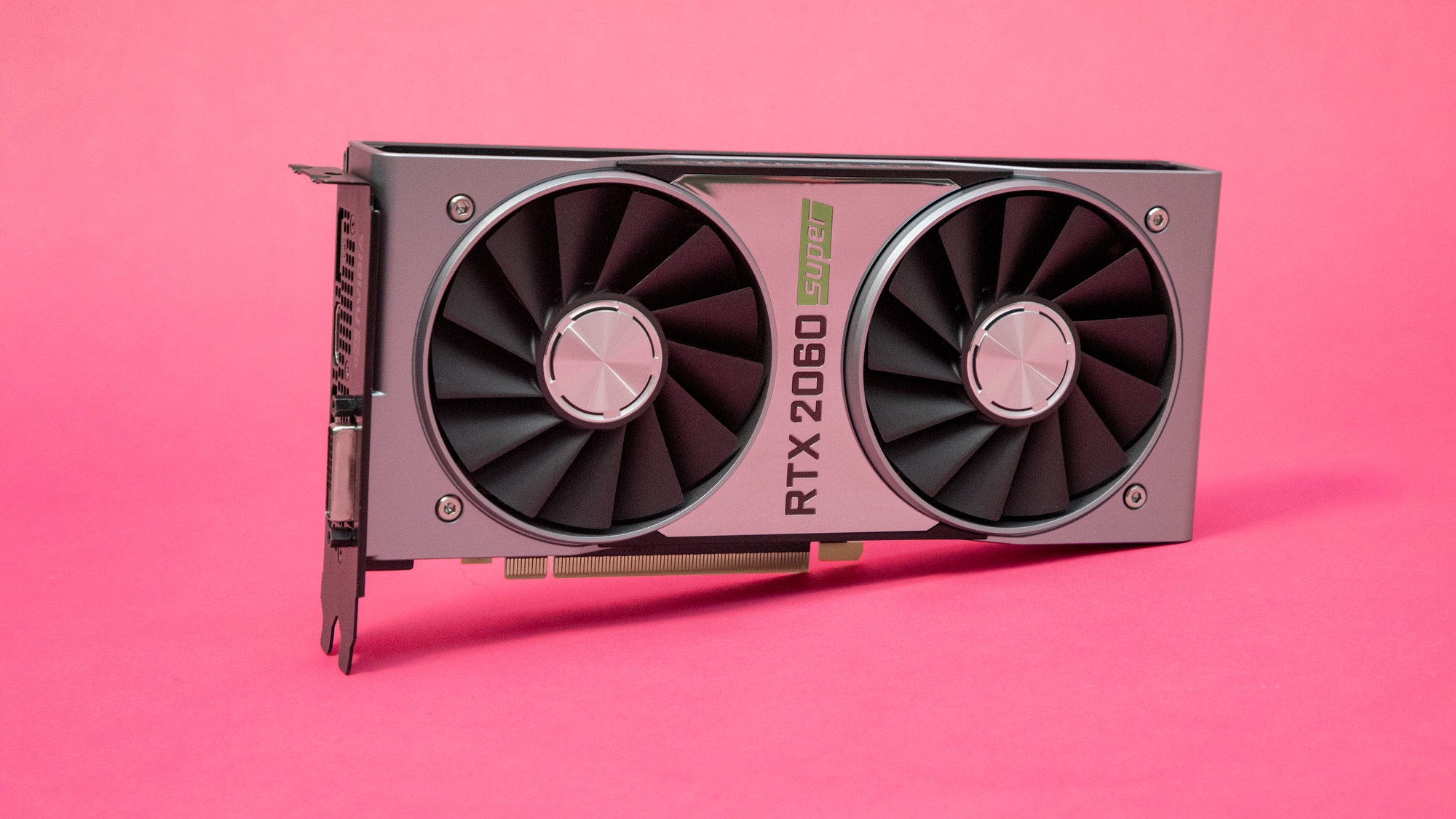
Is ray tracing worth the expensive graphics card?
At the end of the day, ray tracing in and of itself likely isn't worth the price of an Nvidia graphics card. As amazing as the technology is, it isn't widespread enough for most users to really justify the expense.
However, if you're looking for a new graphics card – whether your current one is totally outdated or you're looking to get into PC gaming, it's hard not to recommend an Nvidia graphics card right now. If you're ok with sitting at 1080p, picking up something like the Nvidia GeForce RTX 2060 and cranking up all the settings all the time makes a lot of sense, especially if you can afford the $349 (£329, AU$569) price tag.
As impressed as I am with ray tracing, it's not worth it on its own, but when you take that in combination with the excellent gaming performance that these cards offer, there's no real reason not to go with an Nvidia RTX graphics card.
- These are the best graphics cards you can buy in 2019
Bill Thomas (Twitter) is TechRadar's computing editor. They are fat, queer and extremely online. Computers are the devil, but they just happen to be a satanist. If you need to know anything about computing components, PC gaming or the best laptop on the market, don't be afraid to drop them a line on Twitter or through email.
